Minnesota’s past runs deep through its rivers, plains, and lakefront towns. Long before statehood, it was home to Dakota villages and Ojibwe territories. Many of the buildings they left behind are still standing. The historical places in Minnesota include old forts, trading posts, homes of early governors, and sacred Native sites. Some lie in quiet parks, while others are right in the middle of busy cities. Together, they show how this part of the Midwest grew and changed over time.
10 Famous Historical Places In Minnesota
Every corner of Minnesota holds a piece of its past. Here are the 10 historical places in Minnesota, standing out for their deep historical roots:
1. Fort Snelling
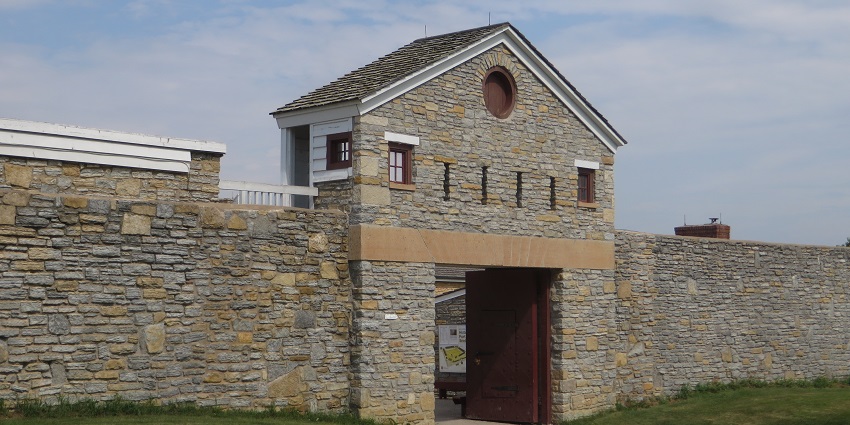
Photo: Ken Lund / Wikimedia Commons
Fort Snelling stands as one of the foundational historical places with its beginnings traced to 1820. The site was chosen not for beauty but for control. The fort became a base for enforcing federal policy, regulating fur trade routes, and watching over Native lands. During the 1862 U.S.-Dakota War, many Dakota families were held here under dire conditions. A decade earlier, Dred and Harriet Scott had lived at the fort while enslaved. Today, visitors can step inside the original quarters and speak with costumed historians.
Timings: 10 AM – 4 PM (Tuesday to Sunday; closed Mondays)
Nearby Attractions: Minnehaha Falls, Mississippi River Trail, Historic Fort Snelling State Park
2. Split Rock Lighthouse
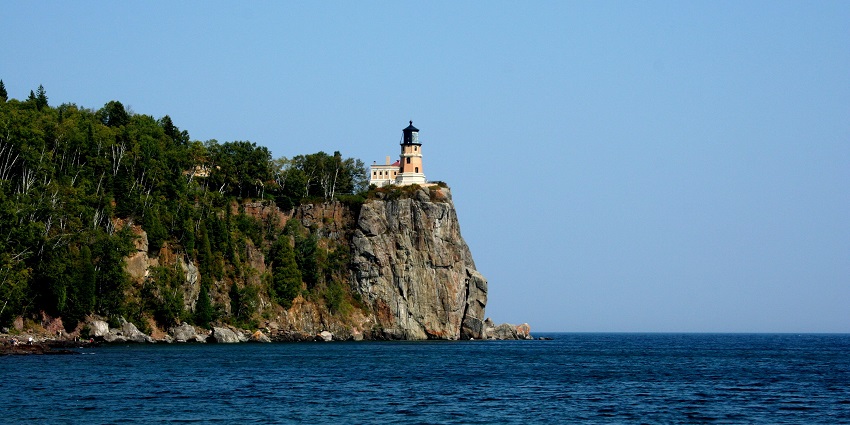
Photo: Brynn / Wikimedia Commons
The Split Rock Lighthouse is one of the most recognisable historical places in Minnesota. It served mariners for nearly six decades. The grounds include the keeper’s home, fog signal building, and equipment rooms, each preserved with care. You can walk through the living quarters, where old stoves and workbenches are still in place. You can also stand just feet from the original lens that once cut through thick storm clouds.
Timings: 10 AM – 6 PM (daily, May to October)
Nearby Attractions: Gooseberry Falls State Park, Two Harbors Lighthouse, Lake Superior Hiking Trail
3. James J. Hill House
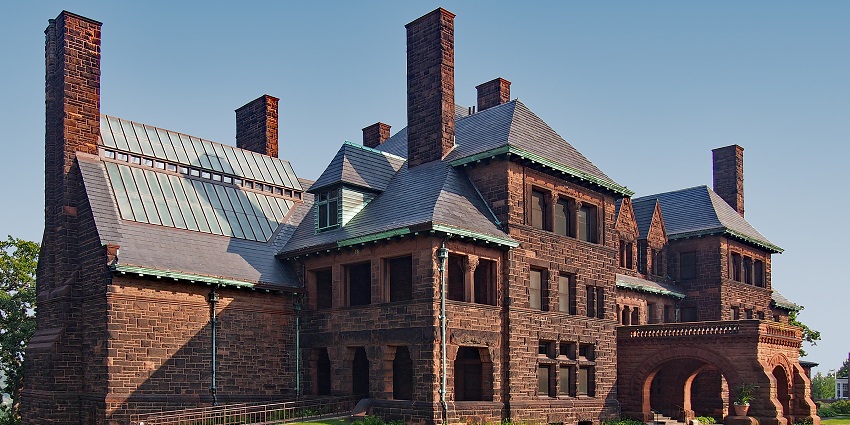
Photo: McGhiever / Wikimedia Commons
Above Summit Avenue in Saint Paul, the James J. Hill House reflects the wealth and ambition of a man. The house stretches across 36,000 square feet and includes 13 bathrooms, a two-storey art gallery, and a massive pipe organ. Its red sandstone exterior was quarried in Minnesota, and nearly every interior detail was selected to display taste and control. As one of the most architecturally impressive historical places in Minnesota, the home offers a clear picture.
Timings: 10 AM – 4 PM (Wednesday to Sunday)
Nearby Attractions: Cathedral of Saint Paul, Minnesota History Center, Summit Avenue
4. Pipestone National Monument
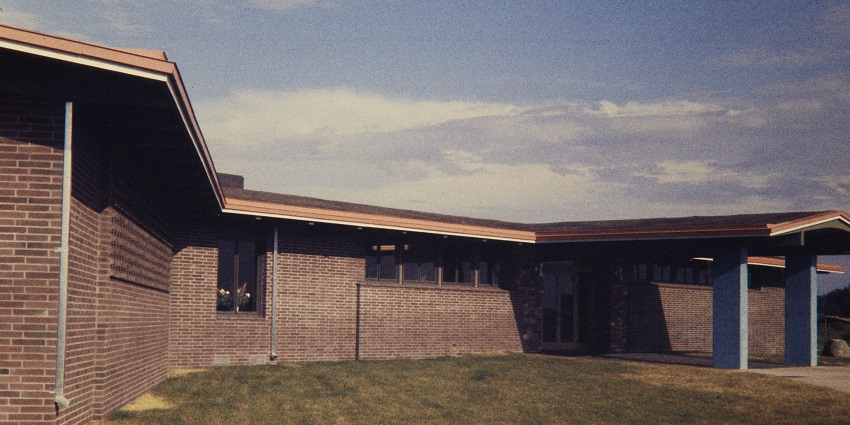
Photo: BMacZeroBot / Wikimedia Commons
Set within the tallgrass prairie of southwestern Minnesota, Pipestone National Monument protects a sacred site to Native American tribes. Tribes from across the continent still come to this site today under federally protected rights. Walking the Circle Trail brings you past quarries, a waterfall, and petroglyphs. The visitor centre displays hand tools and finished pipes made by modern Native artists. Interpretive panels throughout the area focus on tribal perspectives, not just archaeology.
Timings: 8:30 AM – 4:30 PM (daily)
Nearby Attractions: Winnewissa Falls, Pipestone Historic District, Circle Trail
5. Historic Forestville
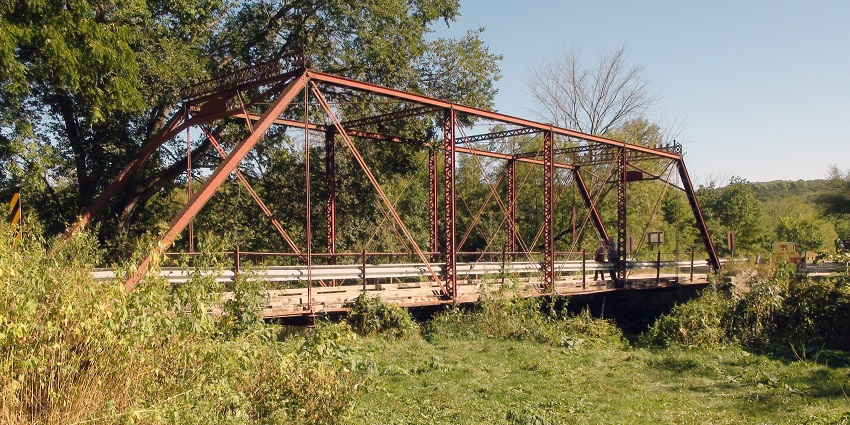
Photo: Minnesota Local History & Historic Preservation / Wikimedia Commons
Tucked inside the wooded valley of Mystery Cave State Park, Historic Forestville preserves a once-thriving 19th-century village. Originally settled by immigrants and traders, Forestville reached its peak with a general store, blacksmith shop, post office, and mill. Today, the original Meighen family store still stands with shelves that have been stocked. As one of the most immersive historical places, it lets you step into the daily rhythm of a rural community.
Timings: 10 AM – 5 PM (Memorial Day to October, weekends only)
Nearby Attractions: Mystery Cave, Root River Trail, Forestville Bridge
6. Sibley Historic Site
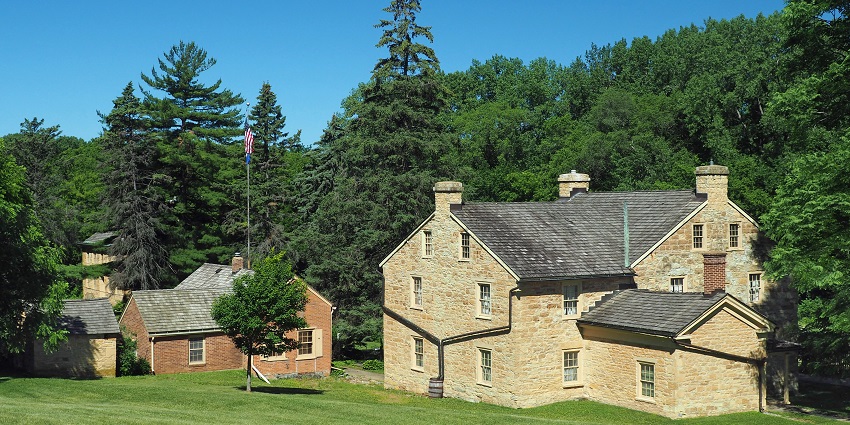
Photo: McGhiever / Wikimedia Commons
The Sibley Historic Site contains some of the oldest surviving stone structures in the state. These buildings were part of the American Fur Company’s operations during the 1830s. The limestone house was a base for trade negotiations, land claims, and political strategy during a time of enormous change. Several smaller buildings nearby, including a Cold Store and the Faribault House, also survive. Tours explore the role Sibley played in territorial politics and how the location became a contact point between cultures.
Timings: 10 AM – 4 PM (weekends only, June to August)
Nearby Attractions: Fort Snelling State Park, Brickyard Trail, Saint Peter’s Church
7. Jeffers Petroglyphs

Photo: Travellers & Tinkers / Wikimedia Commons
On a quiet ridge above the prairie near Comfrey, more than 5,000 images are carved into a stretch of exposed red quartzite. These petroglyphs, some over 7,000 years old, were left by generations of Native peoples. These include symbols of turtles, thunderbirds, atlatls, and human figures. The site holds deep spiritual significance for many tribes, and ceremonies are still held here today. What places Jeffers Petroglyphs among the most remarkable historical places is the uninterrupted link it offers to a sacred cultural past. The path through the site leads visitors across open rock.
Timings: 10 AM – 5 PM (May to September)
Nearby Attractions: Red Rock Falls County Park, Cottonwood River, Sanborn Canoe Launch
8. Mill City Museum

Photo: McGhiever / Wikimedia Commons
Built into the ruins of what was once the world’s largest flour mill, Mill City Museum traces the rise of Minneapolis. It tells the story of the industry through real spaces, old elevators, mixing rooms, and grain chutes. The Flour Tower ride lifts visitors through multiple floors while telling the story of a mill worker’s day. Nearby galleries explain the impact of the Mississippi River and the city’s milling boom. The rooftop observation deck offers a full view of Saint Anthony Falls and the historic Stone Arch Bridge below.
Timings: 10 AM – 5 PM (Tuesday to Saturday), Noon to 5 PM (Sunday)
Nearby Attractions: Stone Arch Bridge, Guthrie Theater, Gold Medal Park
9. Minnesota State Capitol
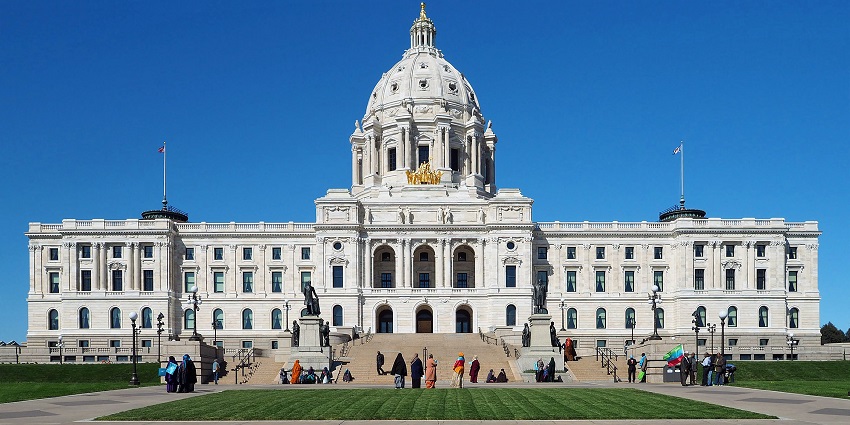
Photo: McGhiever / Wikimedia Commons
The Minnesota State Capitol has white Georgia marble dome that dominates the skyline of Saint Paul. Every detail inside was designed with intention, from the hand-laid tile floors to the paintings that reflect Minnesota’s industries and political ideals. During a visit, you can walk into the legislative chambers and look up into the rotunda with its bronze figures. The building’s upper terrace offers clear views over the city and the same river that carried goods and people when the Capitol first opened.
Timings: 8 AM – 5 PM (Monday to Friday), limited hours on weekends
Nearby Attractions: Minnesota History Center, Cass Gilbert Memorial, Saint Paul Armory
10. Alexander Ramsey House
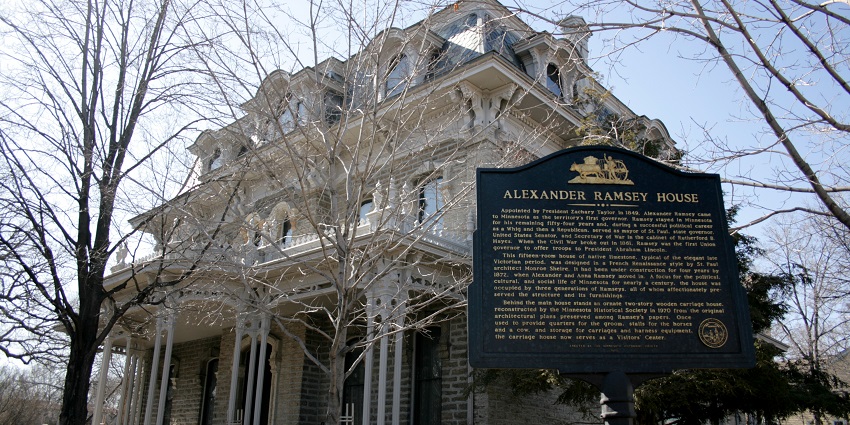
Photo: Coolgates / Wikimedia Commons
Built in 1872, the Alexander Ramsey House in Saint Paul was home to Minnesota’s second territorial governor. The house remains one of the most well-preserved Victorian-era residences in the state. The property offers a close look at the domestic life of a powerful 19th-century figure. The carved walnut woodwork, gaslight chandeliers, and formal parlour rooms speak to a time of political influence and social formality. Staff-led tours focus on how the family lived, entertained guests, and influenced decisions at both local and national levels.
Timings: Seasonal hours; usually open for special events and pre-booked tours
Nearby Attractions: Irvine Park Historic District, Wabasha Street Caves, Landmark Center
Each of these historical places in Minnesota holds a story that shaped the state in real, lasting ways. From early fur trade settlements to political decisions made inside stone mansions, the places still stand where everything happened. Visiting these sites is not about looking back from a distance. If you’re planning to explore any of these places, TripXL has you covered to help you make the most of your visit.
Cover Photo: Warren LeMay / Wikimedia Commons


 WhatsApp
WhatsApp
 Twitter
Twitter









